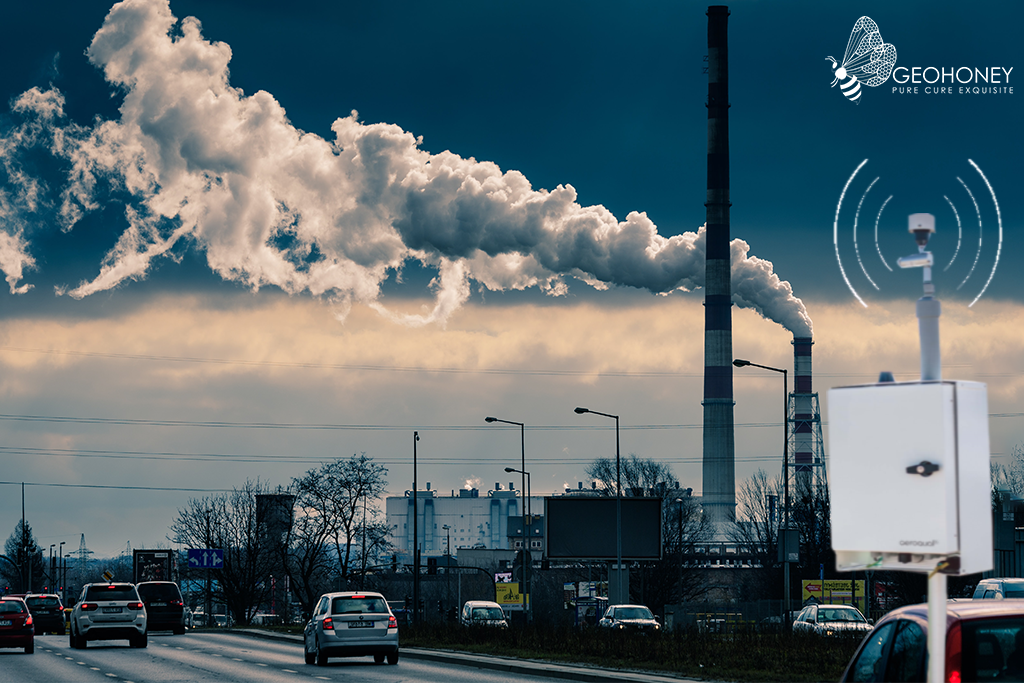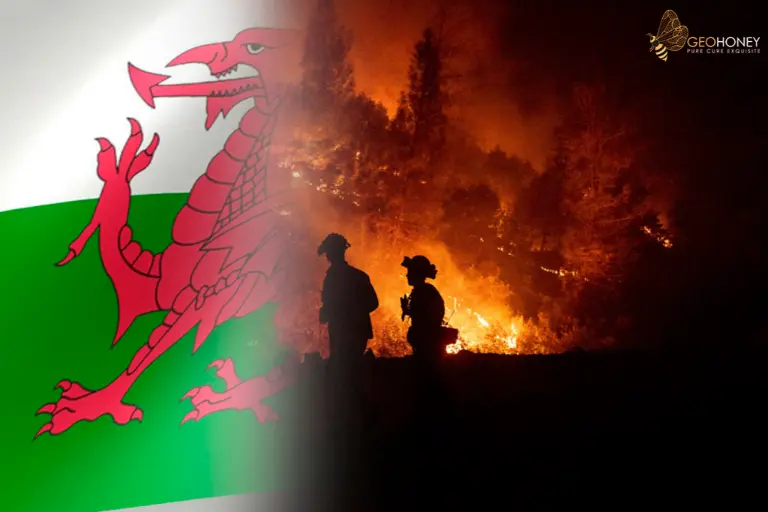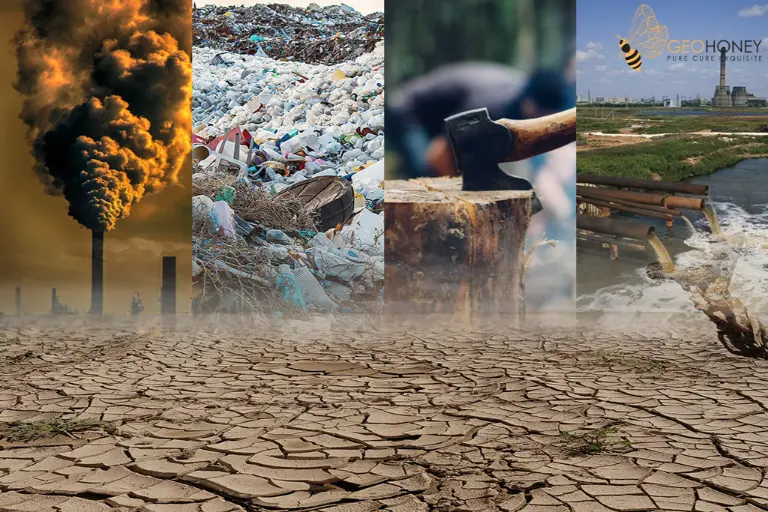- Tokyo: 00:42
- Singapore: 23:42
- Dubai: 19:42
- London: 15:42
- New York: 10:42
WMO Unveils Plan for Monitoring Greenhouse Gases to Address Climate Change

The World Meteorological Organization (WMO) has launched an initiative to establish a network of ground-based measurement stations for monitoring air quality data. This new infrastructure aims to verify air quality data flagged by satellites or airplanes, and is expected to be in place within the next five years. Currently, there is a lack of comprehensive and timely international exchange of surface and space-based greenhouse gas observations. The WMO is calling for improved international collaboration and data exchange to support the Paris Agreement of 2015, which lays out a roadmap for reducing carbon emissions and increasing climate resilience.
Dr. Oksana Tarasova, a Senior Scientific Officer at WMO, stated that the new monitoring system would not only focus on anthropogenic emissions but also track changes in forests and oceans. She emphasized the importance of this information to support climate mitigation efforts, as there is no time to waste. In 2022, WMO reported the largest-ever observed increase in methane levels, and the reasons for this increase are still unknown. The proposed infrastructure aims to fill in the gaps in knowledge regarding observations and their use.
The WMO stresses that cooperation between governments, international organizations, and the private sector will be crucial for the success of the Global Greenhouse Gas Monitoring plan. It is also important to increase coordination between surface-based, airborne, and space-based observation networks to gain a better understanding of the changing atmosphere. The UN agency believes that with more precise and long-term data, more informed decisions can be made, and the impact of mitigation efforts can be better understood.
While some governments and international organizations carry out atmospheric monitoring and maintain datasets, there is no overall steering mechanism, and funding for research is insufficient. The WMO supports the creation of a single and internationally coordinated atmospheric monitoring body to address these issues.
The atmosphere of the Earth is mainly composed of nitrogen and oxygen, but trace gases and particles also have a significant impact on the environment and life. The industrial revolution has led to a dramatic change in atmospheric composition, with increasing levels of greenhouse gases like carbon dioxide and methane contributing to global warming and climate change. Accurate measurements of air quality are important to understand the impacts on human health, biodiversity loss, ecosystems, water quality, and the environment. Reliable data and knowledge about pollution and atmospheric deposition help to mitigate the impacts or put protective measures in place.
Source: https://news.un.org/en/story/2023/02/1133047



